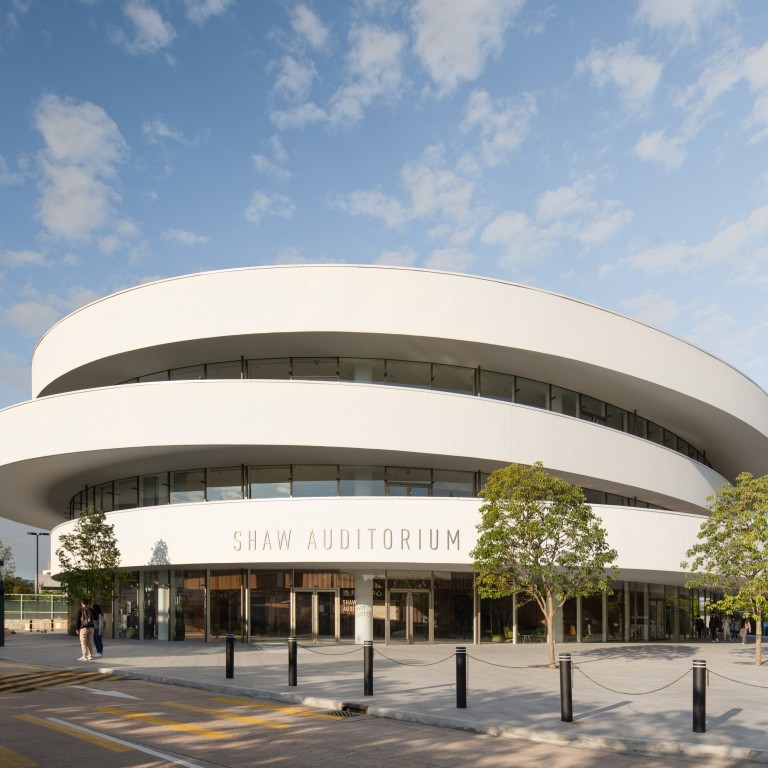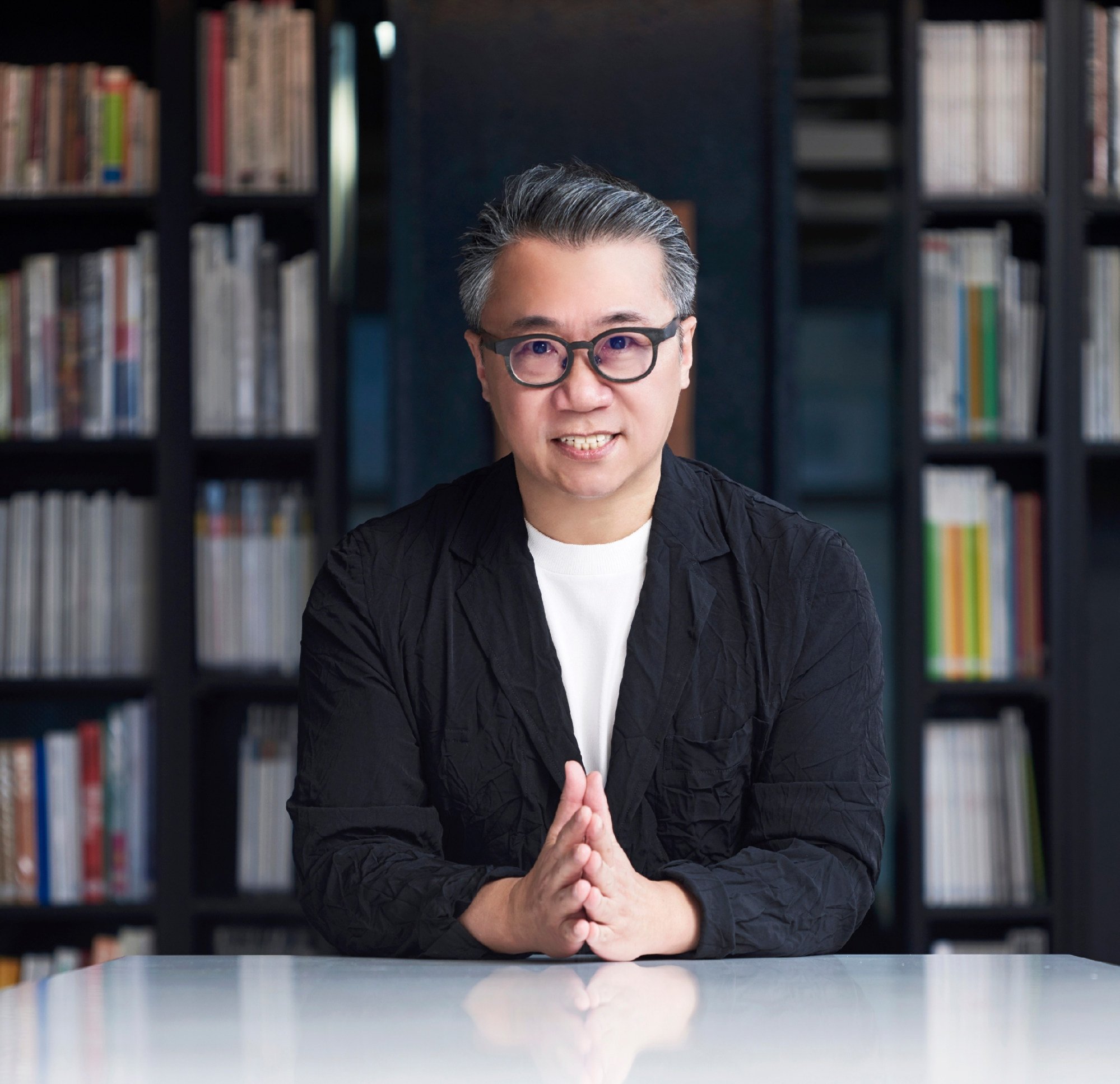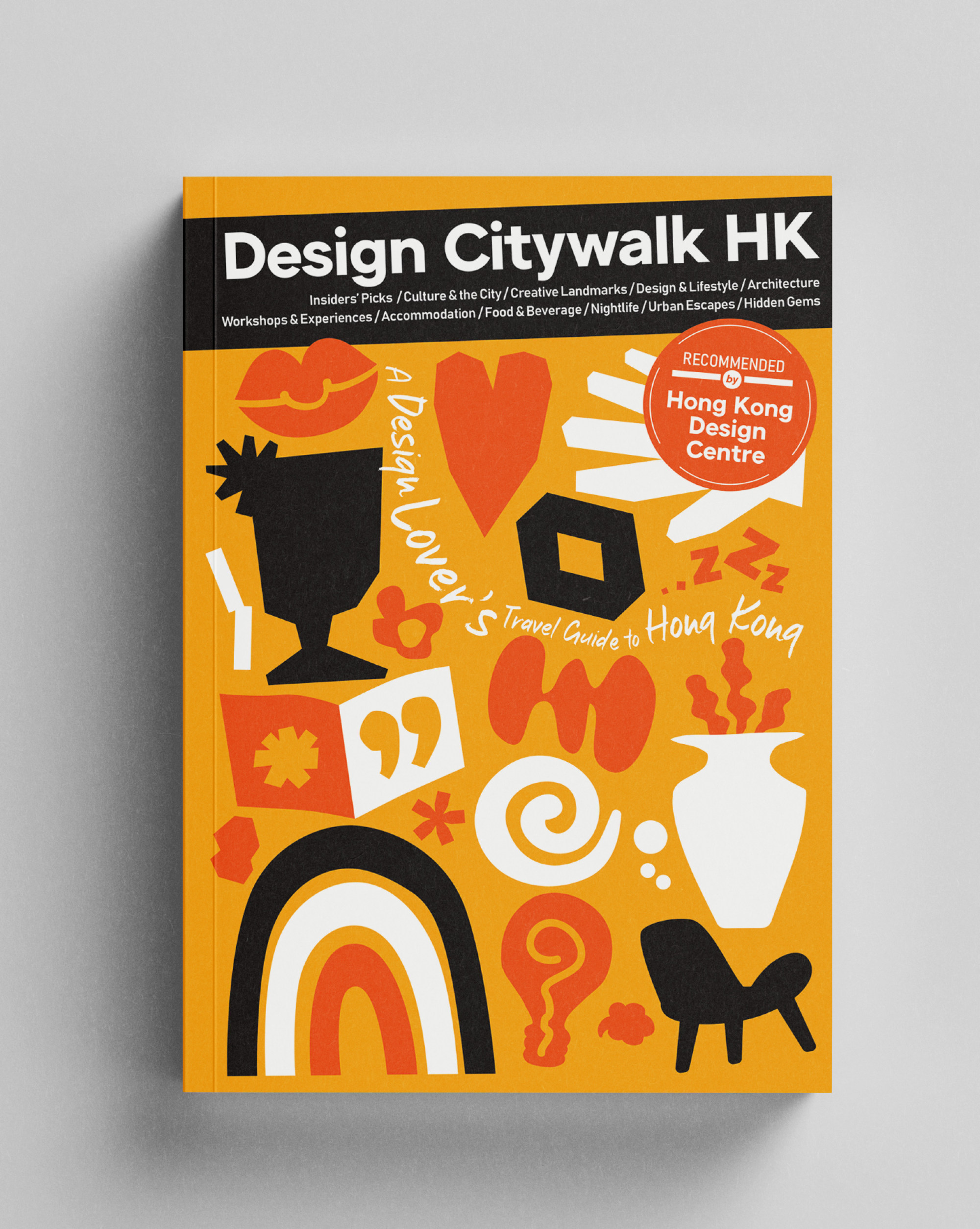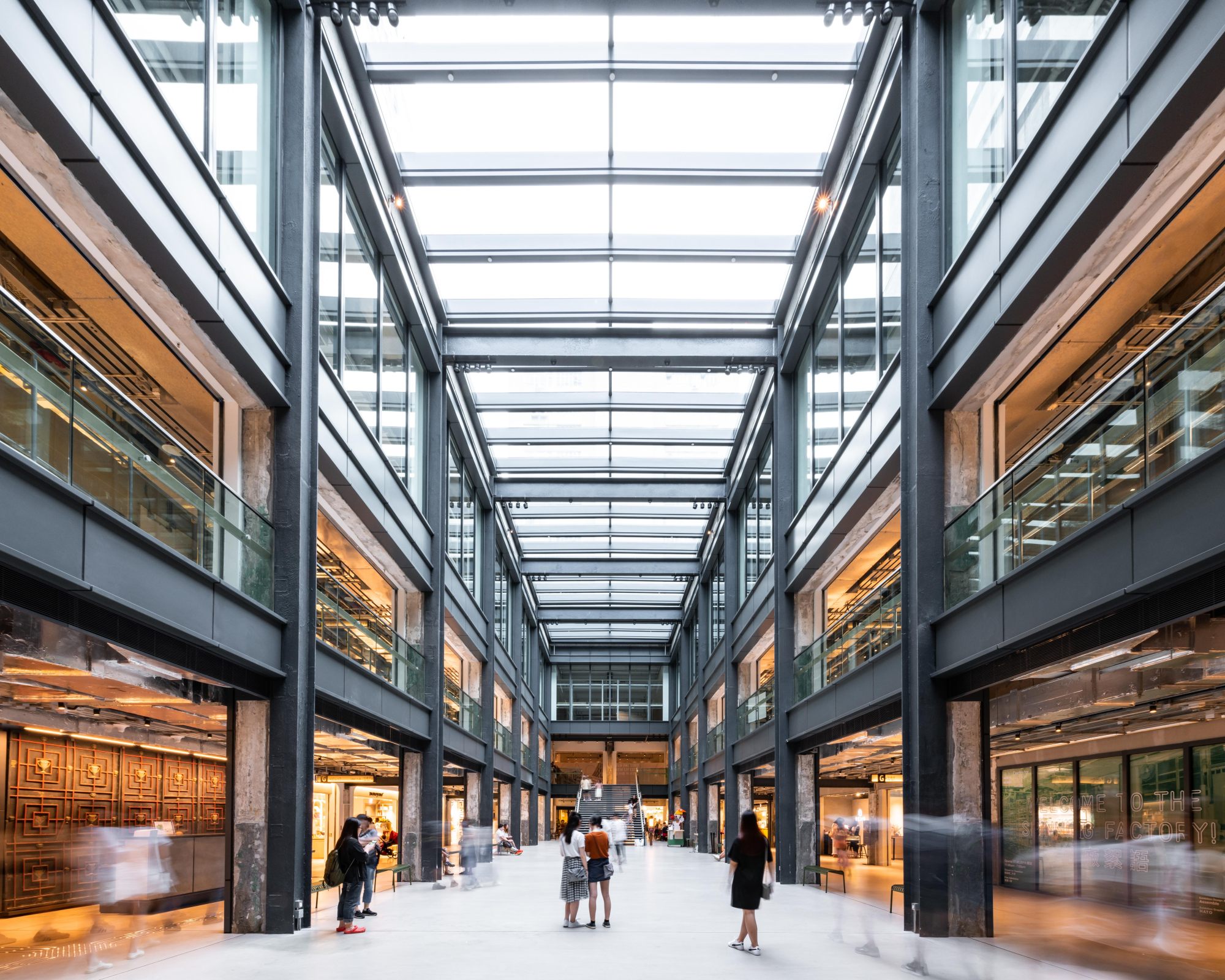
Visitors’ guide to Hong Kong design, art and culture covers the highlights – and attractions less well known
- Design Citywalk HK, produced by the Hong Kong Design Centre, covers things you would expect – museums, galleries, shops, restaurants – and some you might not
- ‘There are so many guidebooks to Hong Kong but there are not many for those into design, art and culture,’ says the centre’s chairman, Eric Yim
Hong Kong is changing – and so are the reasons to visit and explore it.
There remain plenty of tourists eager to snap photos from The Peak or shop for the latest luxury goods, but more people are interested in the city’s cultural side. Now there is a guide for them.
“There are so many guidebooks to Hong Kong but there are not many for those into design, art and culture,” says HKDC chairman Eric Yim.

“Hong Kong is more than just a financial city. It’s not just about high-rise curtain wall buildings, and at the same time it’s not just about old temples and traditional things.
“It has a lot of exciting contemporary culture to explore.”
How a design journalist’s Hong Kong village house evolved over 20 years
The guide opens with a series of maps charting 101 points of interest across the city, covering an expanse from Tsuen Wan in the west to Sai Kung in the east.
There are no preset itineraries – “Explore the city at your own pace,” the guide proclaims – but the attractions are divided into eight thematic categories: Insiders’ Picks, Culture and the City, Creative Landmarks, Design and Lifestyle, Architecture, Accommodation, Food and Beverage and Nightlife.

But Yim says many of the other attractions in the book were chosen because they are not quite as well known. “There are things that may be overlooked even by local Hong Kong people,” he says.
Among these are the Shaw Auditorium at the Hong Kong University of Science and Technology, a ring-like structure designed by Danish architecture firm Henning Larsen that opened in 2021.
“It’s an example of how Hong Kong is investing in culture all over the city, not just in the West Kowloon Cultural District,” says Yim.

Hong Kong being a city where culture and commerce intersect, the guide naturally includes a host of shops where visitors and residents alike can explore locally designed products and thoughtfully curated objects from around the world.

“In the past, it was hard to get to the harbourfront, but now the Harbourfront Commission has been trying hard to link up spaces for people to enjoy,” says Yim.
When the covers came off The Blue hotel, Taipei ‘paused for a moment’
It is an example of how Hong Kong has evolved from the time when it was routinely dismissed as a “cultural desert” – an assessment that was never fair, and even less so today.
“Hong Kong has changed a lot,” says Yim. Even with 101 places to see, Design Citywalk HK is still just a snapshot of design and culture in Hong Kong.

